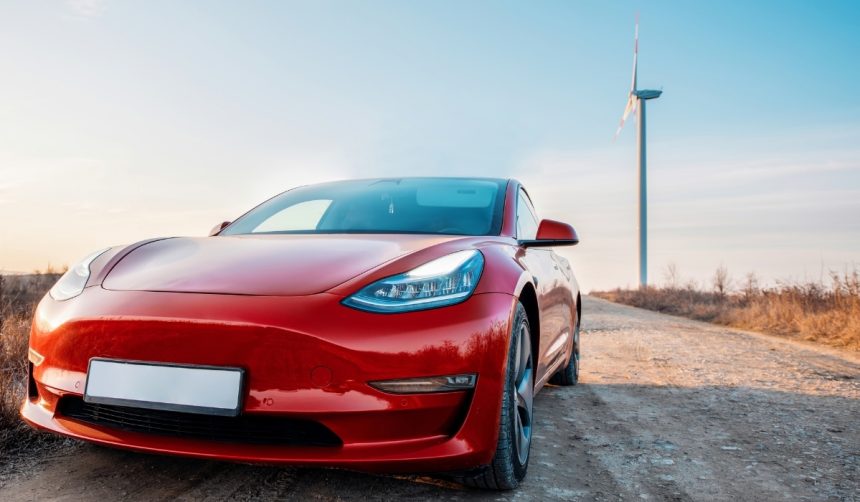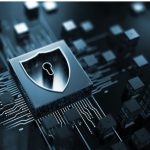Tesla’s pursuit of autonomous driving continues to draw attention as CEO Elon Musk sets an anticipated timeline for the controversial ability to play video games while behind the wheel. As self-driving functionality expands, questions about driver responsibility and tech readiness move to the forefront. The company’s recent advances in its Full Self-Driving (FSD) and Robotaxi platforms suggest ambitious aspirations for a future where in-cabin activities such as gaming may become feasible, subject to regulatory approval and technological maturity.
Other reports highlighting Tesla’s self-driving trials have underscored the company’s repeated delays and the conservative approach of regulatory agencies regarding driverless operation. Analysts have noted that public testing, safety monitors, and regional restrictions often accompany new features, reflecting hesitancy to permit complete autonomy. Contrasting earlier promises, many observers remain cautious, suggesting that the vision of hands-off driving with in-vehicle entertainment might take longer to materialize widely than the latest estimates imply.
What is behind Musk’s new timeline for gaming while driving?
Elon Musk recently stated that the feature enabling Tesla owners to play video games, such as Grand Theft Auto, while using FSD could become available within three to six months, pending local regulatory approval. He said,
“Probably 3 to 6 months, depending on regulatory approval in your city and state.”
This statement followed a post on the social media platform X, where a video showcased a driver playing in their Cybertruck. Despite this, Tesla emphasizes that FSD is not yet fully autonomous, and drivers must remain alert and ready to control the vehicle at any moment.
How does Tesla’s Robotaxi expand on self-driving services?
Tesla recently launched its Robotaxi platform in Austin, Texas, allowing passengers to travel within a specific geofenced area of about 90 square meters in a Model Y with no one in the driver’s seat, though a Safety Monitor accompanies each ride. A similar service debuted in California’s Bay Area under stricter supervision, with safety personnel occupying the driver’s seat instead. These pilot programs highlight Tesla’s step-by-step approach, deploying increasing autonomy but retaining a human oversight role to address current technological and safety limitations.
Are there risks and roadblocks with full autonomy for entertainment?
Tesla has cautioned that, despite notable improvements in the FSD suite achieved through enhanced data collection and hardware upgrades, the system does not yet meet the criteria for full autonomy, and users are expected to monitor the vehicle at all times. Musk’s autonomous driving projections have often arrived earlier than actual implementation, with prior assurances of fully self-driving vehicles routinely postponed. He acknowledged persisting challenges in autonomy, stating,
“Drivers are responsible for the vehicle and should be prepared to take over.”
Achieving full regulatory sign-off remains a significant obstacle, as agencies prioritize rigorous safety review before approving new functionalities.
Tesla’s advancement toward allowing entertainment activities such as gaming while using FSD brings regulatory, technical, and ethical questions to the surface. Adoption of such features will depend heavily on both software reliability and the evolution of legal frameworks in various jurisdictions. Consumers and industry watchers should monitor regional regulatory responses and on-road safety data, as these will shape the pace and scope of entertainment integration within self-driving cars. For now, buyers are reminded to adhere strictly to safety guidelines and avoid distracted driving, regardless of the automation level achieved by brand offerings such as Tesla’s Model Y, Cybertruck, or Robotaxi platform. The balance between technological capability, safety, and legislative oversight will ultimately determine Tesla’s timeline for new in-cabin experiences.
- Elon Musk predicts gaming at the wheel could arrive within six months.
- Regulatory approval and continued driver oversight remain key concerns.
- Tesla’s Robotaxi pilot provides supervised self-driving in select cities.










